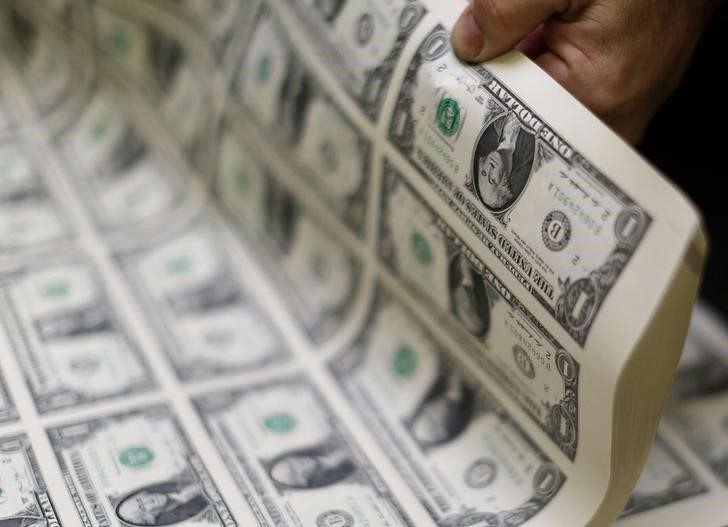Fubotv earnings beat by $0.10, revenue topped estimates
* Economic re-start hopes help riskier currencies higher
* Sino-U.S. tensions cap gains; rally lags equity spurt
* Graphic: World FX rates in 2020 https://tmsnrt.rs/2RBWI5E
By Tom Westbrook
SINGAPORE, May 26 (Reuters) - The dollar inched lower on
Tuesday as growing optimism about a global recovery from the
COVID-19 pandemic supported riskier currencies, but moves lacked
the exuberance of the equities market as Sino-U.S. tensions kept
the mood in check.
The trade-sensitive Australian and New Zealand dollars each
rose about half a percent, but remain below last week's highs.
The Chinese yuan, a barometer of U.S.-China relations, was also
mostly left behind by a rally in other Asian currencies.
"Markets are caught between two conflicting currents," said
Michael McCarthy, CMC Markets' chief strategist. "Rising
tensions between China and the U.S. are raising concerns, while
easing COVID-19 lockdown measures are fuelling growth optimism."
Against a basket of currencies =USD the dollar was
marginally softer at 99.618. It inched higher on the Japanese
yen JPY= to 107.80 and was a tad weaker elsewhere.
The Australian dollar AUD=D3 rose 0.5% to $0.6571 and the
kiwi NZD=D3 by about the same margin to $0.6129. AUD/
The yuan CNY= pared early gains to hold at 7.1326 in
onshore trade, not far above a seven-month low of 7.1435 hit on
Friday. CNY/
Trade, the handling of the pandemic and China's move to
impose laws on Hong Kong are all seen as potential catalysts for
a further deterioration in already testy U.S.-China relations.
The latest salvos came over the weekend, with White House
National Security Adviser Robert O'Brien warning of potential
sanctions if Hong Kong's autonomy was undermined, and China's
top diplomat Wang Yi criticising U.S. attacks as a "smear".
"With elections looming, U.S. politicians are compelled to
ratchet up the tension in the coming months," Singapore's DBS
Bank economists said in a note on Tuesday.
"A ruinous cold war that hurts global trade, supply chains,
efficiency of common standards and geopolitical stability is
increasingly on the cards, in our view."
Meanwhile, the economic fallout from the pandemic, and the
global policy response, keeps growing and investors are becoming
increasingly nervous that a pullback may be due.
China's central bank Governor Yi Gang flagged further easing
in an interview published by the People's Bank of China on
Tuesday. A third downgrade in Singapore's growth forecast also
provided a fresh reminder of the pandemic's devastating impact
on the global economy. The outlook prompted Australia's ANZ and Singapore's OCBC
Bank both to talk down the prospect of much further upside in
the Antipodean currencies.
"At current levels a global recovery is in the price, and we
believe it's a question of when, not if, depreciation resumes,"
ANZ analysts said in a note, while OCBC's strategist Terence Wu
similarly expects the greenback to gain back some ground.
Still, from Europe to Japan, restrictions on businesses and
movement are lifting and there is plenty of hope for a swift
return to growth. The British pound GBP=D3 rose 0.3% to
$1.2218 and the euro EUR= tacked on 0.2% to $1.0918.
And the relative calm has the braver traders looking for
carry -- and with reason: the beaten-down Mexican peso and
Brazilian real each added between 4% and 5% on both sterling and
the common currency last week. GBPMXN=R EURMXN=R
"We've got the perfect ground right now for Mexican peso or
Brazilian real outperformance," said Chris Weston, head of
research at Melbourne brokerage Pepperstone. "It's basically
choose your carry vehicle, or funding currency, and get paid."
(Editing by Jacqueline Wong)
